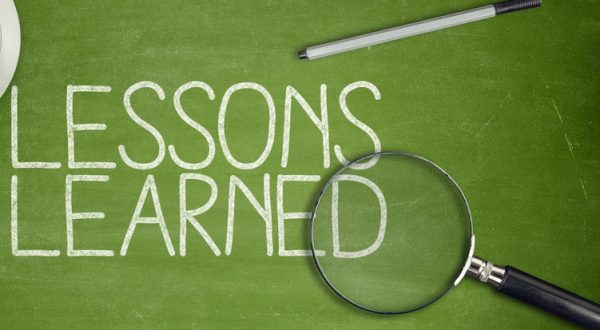In its latest safety flash, IMCA focuses on lost Time Injuries due to a failed mooring line.
The incident
A vessel was mobilising and was moored stern to the quayside. It was moored with one aft mooring rope at each side and thruster control from the vessel, to maintain position while the load-out operations were carried out. During a pause in the work, three crew members were gathered at the stern of the vessel discussing the next part of the job, when the port aft mooring line failed. The line ‘snapped back’, striking and injuring two of them. They were taken to hospital.
[smlsubform prepend=”GET THE SAFETY4SEA IN YOUR INBOX!” showname=false emailtxt=”” emailholder=”Enter your email address” showsubmit=true submittxt=”Submit” jsthanks=false thankyou=”Thank you for subscribing to our mailing list”]
The incident resulted in two LTIs, in which the injured persons were off work for over three days. One person suffered severe concussion at the scene (was awake but confused) and needed four stitches on the ear and experienced muscle pain in neck. The other person suffered muscle pain in the back and neck and dizziness in the days after the incident.
The incident was considered high potential as it could have resulted in more severe injuries including at least one fatality.
Probable cause
The following causes all contributed to the incident:
- It was believed that the right amount of thrust was being applied to the vessel by the bridge team;
- There was friction on the rope from the rail on the quayside;
- The crew involved thought they were standing in a safe area;
- The length of the port aft mooring line had been shortened to take up the slack;
- It was easier (less work, more convenient) to moor via the dolly rather than the Panama fair lead.
Lessons learned
- Upgrade CCTV cameras used for monitoring the mooring lines with cameras with better resolution, and if possible, with zoom capability, to improve the visual overview presented to the bridge team;
- There should be risk assessments to cover the safest means of stern to quay mooring including;
- Decide which mooring line protection materials will be needed and provide a supply of these on the vessels (NB use of protection will be determined by risk assessment).






























































